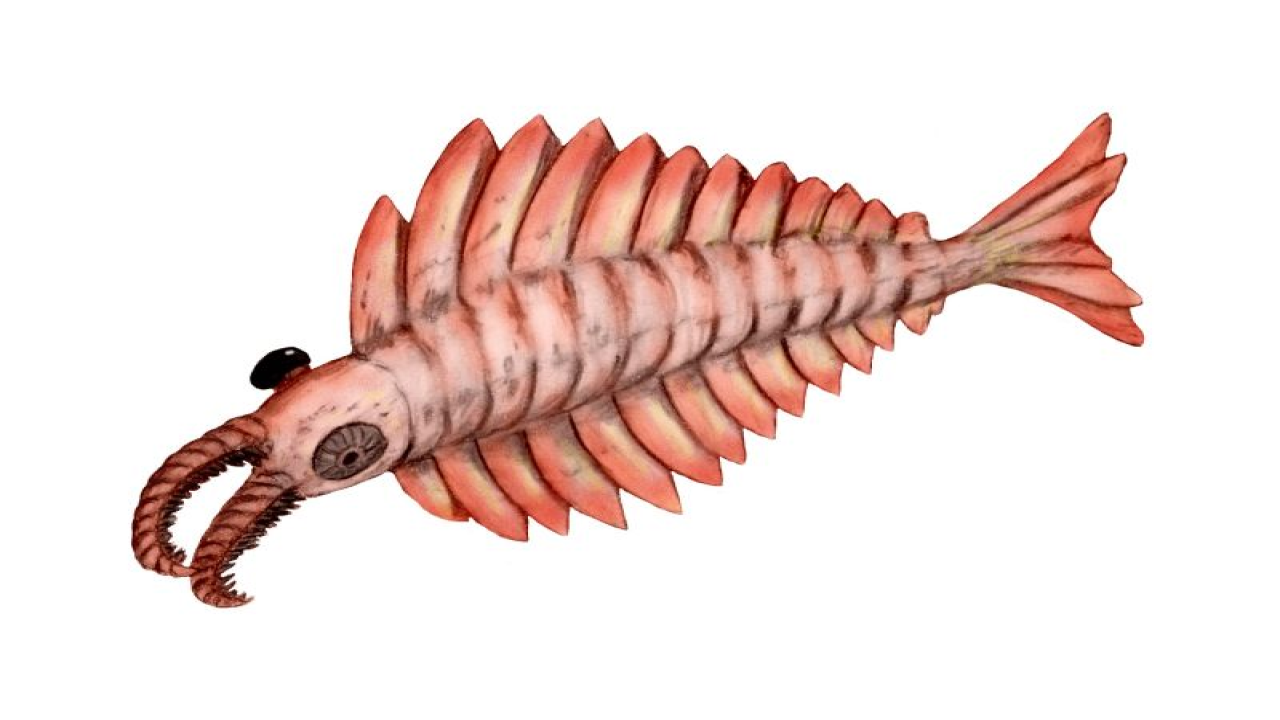Anomalocaris canadensis
In the world of paleontology, fascinating discoveries shed light on prehistoric creatures that roamed the Earth millions of years ago. One such creature is Anomalocaris canadensis, an ancient shrimplike creature that existed during the Cambrian period.
Unveiling Anomalocaris canadensis
Anomalocaris canadensis was a notable inhabitant of the ancient seas. Measuring approximately 2 feet (0.6 meters) in length, this creature was a fascinating mix between a shrimp and a cuttlefish. Its unique characteristics and behavior have intrigued paleontologists for years.
The Apex Predator
Anomalocaris canadensis held a prominent role in the ecosystem as an apex predator. Researchers believed that this ancient creature had a fearsome reputation due to its hunting habits and physical attributes.
Feeding on Trilobites
Paleontologists theorized that Anomalocaris canadensis primarily preyed upon trilobites. Trilobites were early hard-shelled invertebrates that inhabited the seafloor. The creature’s hunting prowess and physical structure led scientists to attribute the scarring and crushing of fossilized trilobite skeletons to Anomalocaris canadensis.
Challenging Assumptions
Recent research has challenged some long-held assumptions about Anomalocaris canadensis. Studies conducted by a team of international researchers focused on better understanding the creature’s feeding capabilities.
Mouth Parts and Appendages
One notable discovery was that Anomalocaris canadensis had mouth parts ill-suited for processing hard food. Instead, its long and spiny appendages were found to be more instrumental in capturing and grasping prey.
Hunting Techniques
Scientists concluded that Anomalocaris canadensis was a swift and agile predator. It most likely darted through well-lit open water, pursuing soft prey rather than focusing on hard-shelled creatures on the ocean floor. This finding sheds new light on the dynamics of the Cambrian food webs.
Complexity of Cambrian Food Webs
The study’s results have led researchers to reevaluate their understanding of Cambrian food webs. Previously, it was believed that creatures like Anomalocaris canadensis would devour any available prey. However, the study suggests a more intricate and nuanced interplay of species within the ancient ecosystem.
Month: Current Affairs - July, 2023
Category: Science & Technology Current Affairs


